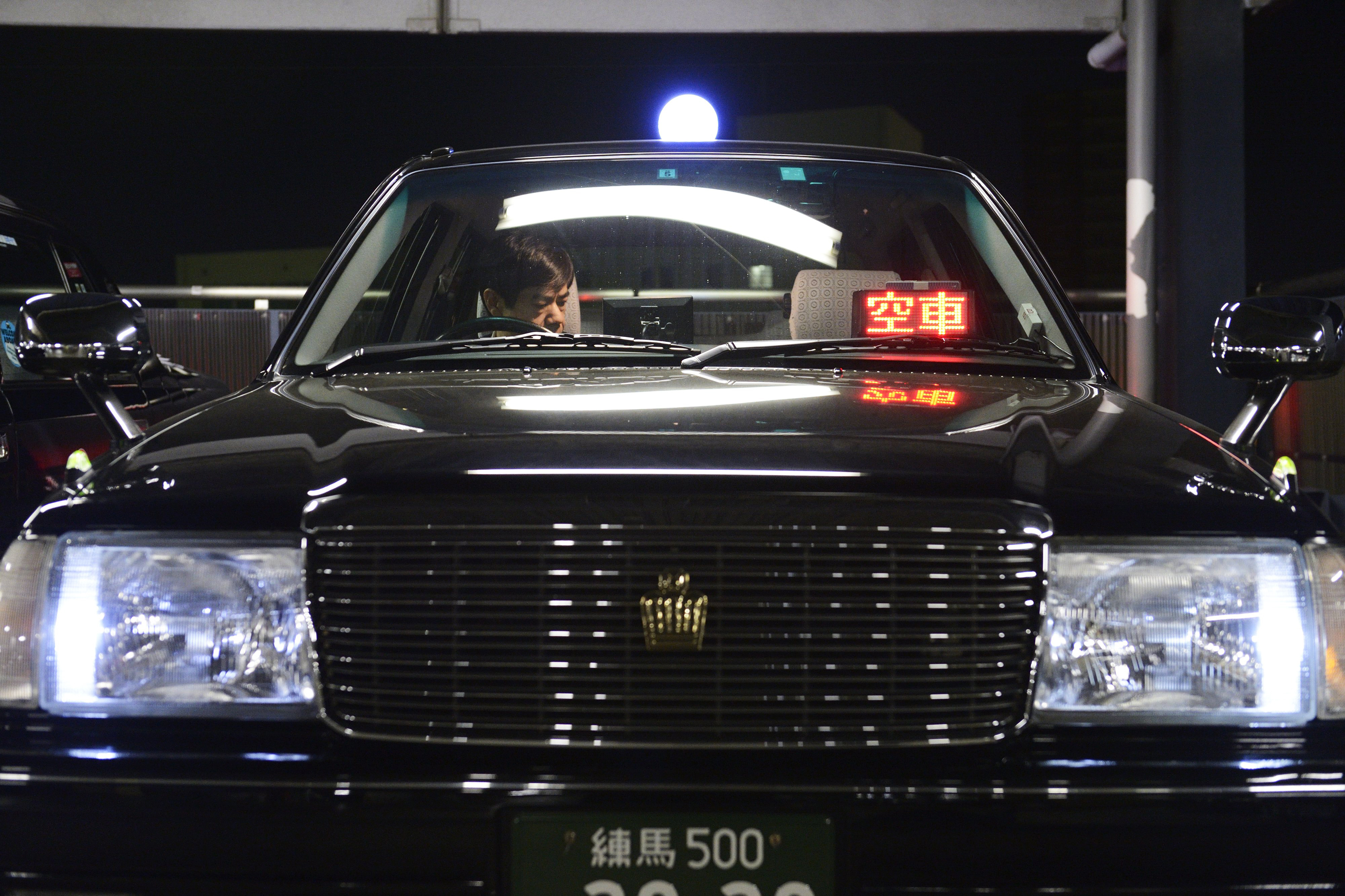At the moment, Tokyo is the only city in Japan where people can use the Internet car hire service Uber, which relies on nominally freelance drivers to pick up fares through messages sent via a smartphone app. Though this could change at any time, Uber's special qualities have already been appropriated to a limited extent by regular taxi companies in Tokyo thanks to the central government, thus diluting some of Uber's appeal. The transportation ministry has always closely regulated the taxi industry, and in recent years has been trying to come up with ways that will not only improve service for consumers, but help taxi companies profit in a changing business environment.
The ministry's latest idea is to shorten the hatsunori, meaning the initial ride segment. Presently, taxis in Tokyo charge ¥730 for the first 2 kilometers and then ¥90 for each additional 280 meters. In order to gain more business from riders who might need a taxi for shorter distances, due to advanced age or because they are carrying something heavy or are with children, the hatsunori will be changed to a little more than 1 km, and the fare for that distance or less will be set at ¥410. The last time the hatsunori was changed was 1936, when ¥0.3 would get you 2 km. The last time the hatsunori fare was increased was April 2014.
The new fare could commence next April. Right now the ministry is soliciting taxi companies who agree to the fare change. If at least 70 percent of the taxi companies that serve a given area agree to the new fare system, then every taxi that serves that area will have permission to use the new fares. In detail, it will be ¥410 for the first 1.059 km, and then an additional ¥80 for every 235.25 meters. This summer, however, the ministry will test the new fares in Tokyo, though, according to the Asahi Shimbun, some companies have already started.



















With your current subscription plan you can comment on stories. However, before writing your first comment, please create a display name in the Profile section of your subscriber account page.